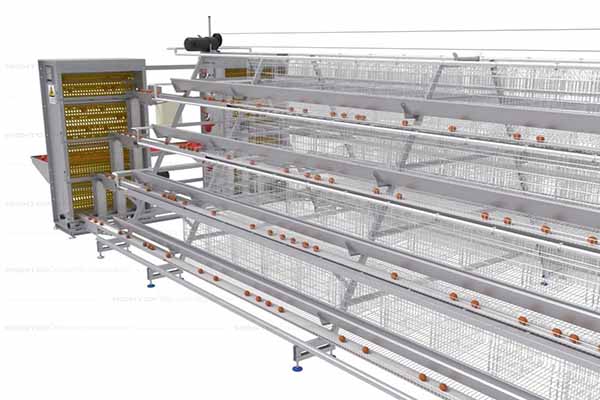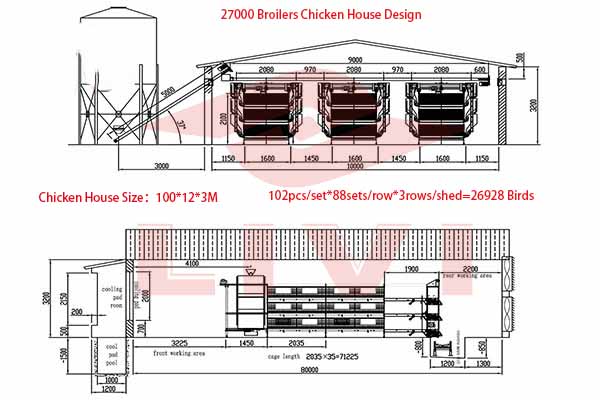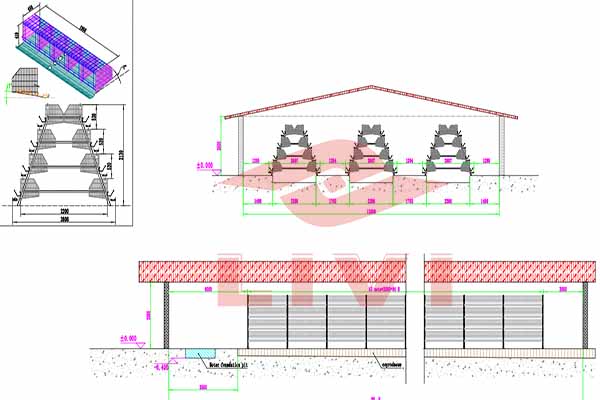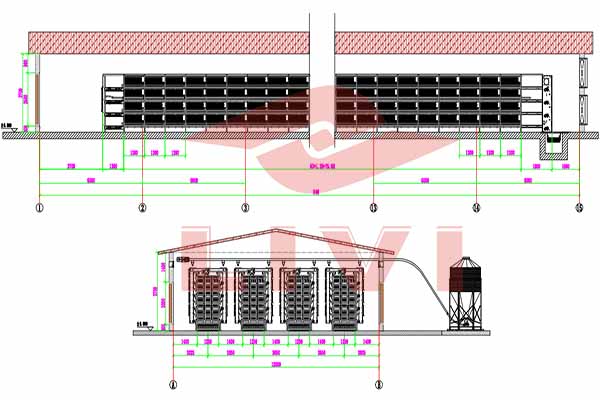How to Automate a Poultry Farm with 65,000 Chickens in Pakistan
Introduction to Automation in Poultry Farming
Automating a poultry farm with 65,000 chickens in Pakistan can revolutionize the efficiency and profitability of the operation. With the right technology and strategies, you can ensure a streamlined process that minimizes labor costs and maximizes production.
Key Components of Automation
1. Feed Systems:
– Automated feeders ensure a consistent and controlled supply of feed.
– Consider a system with programmable settings for different growth stages.
2. Water Supply:
– Automated waterers maintain a clean and constant water supply.
– Opt for systems that minimize waste and ensure easy sanitization.
3. Ventilation and Climate Control:
– Implement automated systems to regulate temperature and humidity.
– Monitor and adjust the environment to optimize growth and health.
4. Monitoring and Data Collection:
– Use IoT sensors to collect data on chicken behavior and health.
– Analyze the data to make informed decisions and predictions.
5. Egg Collection:
– Automated egg collection systems can reduce labor and increase efficiency.
– Ensure the system is hygienic and minimizes stress on the chickens.
6. Manure Management:
– Invest in automated manure removal systems to maintain hygiene.
– Consider systems that can convert manure into bio-fertilizer.
Implementation Steps
1. Assessment and Planning:
– Conduct a thorough assessment of your farm’s needs.
– Develop a detailed plan including the budget and timeline.
2. Selecting the Right Equipment:
– Research and select the most suitable automation equipment for your farm.
– Consider factors like reliability, maintenance requirements, and scalability.
3. Training and Support:
– Train your staff on how to operate and maintain the new systems.
– Ensure access to technical support for any issues that arise.
4. Integration and Testing:
– Integrate the different systems to ensure seamless operation.
– Conduct rigorous testing to identify and rectify any potential issues.
5. Monitoring and Continuous Improvement:
– Regularly monitor the performance of the automation systems.
– Implement feedback loops to continuously improve the process.
Benefits of Automation
– Increased Efficiency: Automation can significantly reduce labor costs and increase production.
– Enhanced Health: Automated systems can provide optimal living conditions for the chickens, leading to better health outcomes.
– Improved Profitability: By reducing costs and increasing output, automation can lead to higher profits.
Conclusion
Automating a poultry farm with 65,000 chickens in Pakistan requires careful planning and the right technology. By implementing the right systems and strategies, you can create a more efficient and profitable operation.
For a free, customized poultry farm design and equipment quote, please feel free to leave a comment or contact us directly. Our team at LIVI Mechanical is here to assist you in achieving your automation goals.





